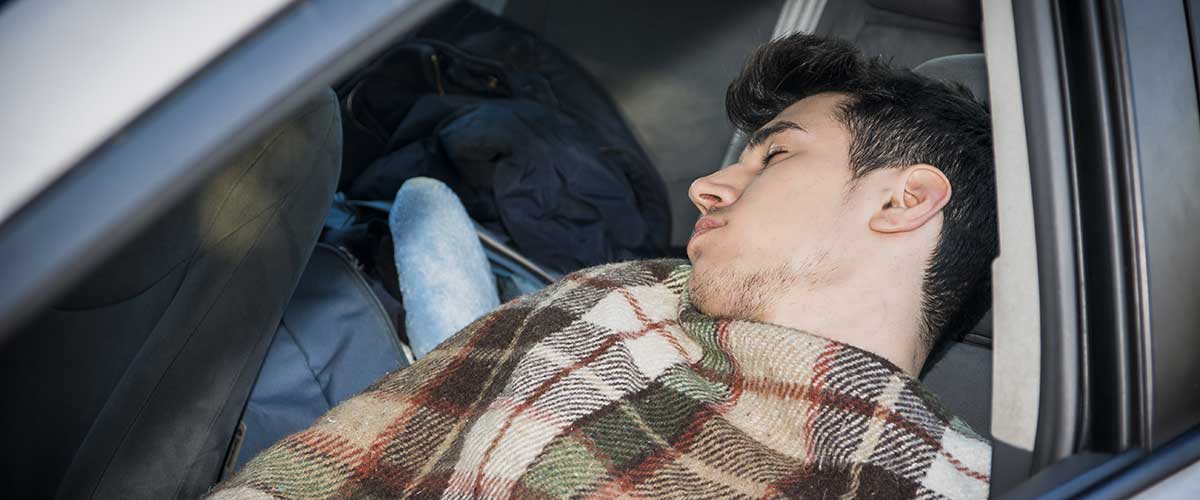Driving under the influence (DUI) laws are often perceived through a singular lens: if you’re behind the wheel, you’re vulnerable to penalties. However, the reality is far more nuanced. The question “Can you get a DUI if you are not driving?” tends to pique interest due to its complexity and the broader implications it presents. Let’s delve into this fascinating topic, exploring the legal definitions, underlying reasons, and real-world scenarios that can lead to an arrest for DUI, even when the vehicle is not in motion.
To understand if one can get a DUI without driving, we first need to clarify what constitutes “driving.” In legal terms, driving is generally defined as the operation of a vehicle, which includes not only steering it down the road but also controlling its movements—however slight. But what happens when the vehicle is stationary? In many jurisdictions, simply being in physical control of a vehicle can warrant a DUI charge, regardless of whether the engine is running or the vehicle is in motion.
This raises a critical point about the interpretation of “control.” Legal definitions vary from state to state but often encompass scenarios where an individual is seated in the driver’s position, holds the keys, or has the ability to operate the vehicle at any given moment. This means that even if you are parked in a parking lot or on the side of the road, there exists the potential for a DUI charge if you are considered to be in control of the vehicle while intoxicated.
A fascinating aspect of DUI laws is their application even when the intention to drive is absent. Cases abound where individuals are found asleep in their cars after a night out, yet the law regards them as being in control. Here lies a common observation that many might overlook: the very presence of a vehicle often raises questions about intent. Were they planning to drive? Were they merely waiting for a friend? These complexities are at the crux of many DUI arrests.
Further complicating matters are state regulations regarding the conditions of the vehicle. Consider a scenario where a driver is parked with the engine off, keys in their pocket, but in a spot deemed a danger by law enforcement. While one might argue they are not ‘driving,’ the police can interpret their presence in the vehicle as potentially hazardous—thus triggering legal action. This leads us down a rabbit hole of legal intricacies, where intent, location, and the presence of keys become pivotal factors in determining charges.
Another layer to this discussion is the social and ethical dimensions surrounding DUI laws. Moderation and responsibility often clash with societal norms around substance use. The notion of “club culture” or “party mentality” poses questions about personal agency and societal responsibility. Why do some drivers feel untroubled by the prospect of DUI arrest in stationary scenarios? It’s easy to equate alcohol consumption with diminished responsibility, yet DUI laws force us to consider the broader ramifications of our actions, even if those actions seem benign at first glance.
Nevertheless, are there specific circumstances that might alter the course of a potential arrest? Various defenses can arise in DUI cases involving stationary vehicles. The discussion of the necessity of control is paramount; a strong argument might include the notion that there was no intention to drive and that the individual had safely made provisions to avoid it, such as sleeping it off inside their vehicle. Engaging a knowledgeable attorney familiar with local laws can be crucial. They may be able to argue for your case based on the nuances of the situation and the intent behind being in the vehicle.
Moreover, law enforcement procedures can also play a significant role in these interactions. Officers often conduct sobriety tests and breathalyzer screenings based on observations made during traffic stops or interactions with drivers. How these officers assess the situation can vary and might lead to differences in charging decisions. An officer’s discretion, while sometimes viewed as a reliable gauge of the situation, can exacerbate the inconsistencies in DUI treatments across different instances.
Let’s not overlook the psychological implications of these laws. The anxiety surrounding DUI arrests can lead to a significant social stigma that shadows individuals even after they’ve navigated their legal challenges. Public perception tends to be unforgiving, and the inquiry into one’s motives—that is, were they merely resting, or did they plan on driving?—can often overshadow genuine intent and understanding.
In conclusion, the concept of receiving a DUI while not actively driving opens a broad discourse on personal responsibility, legal interpretations, and societal values. It questions the habitual assumptions we make about alcohol consumption and the inherent risks related to vehicle operation. The laws are designed not only to protect the individual but also the broader community from the potentially devastating consequences of impaired driving. The complexities involved in this subject highlight the importance of being informed and responsible, particularly in a world where the lines between intent and action can often blur.
Consider this an invitation to explore the intricacies of DUI laws further—both as a driver and as a conscientious member of society. Understanding the rules is the first step toward ensuring everyone’s safety on the roads, whether at the helm of a vehicle or simply enjoying the night under the stars.
